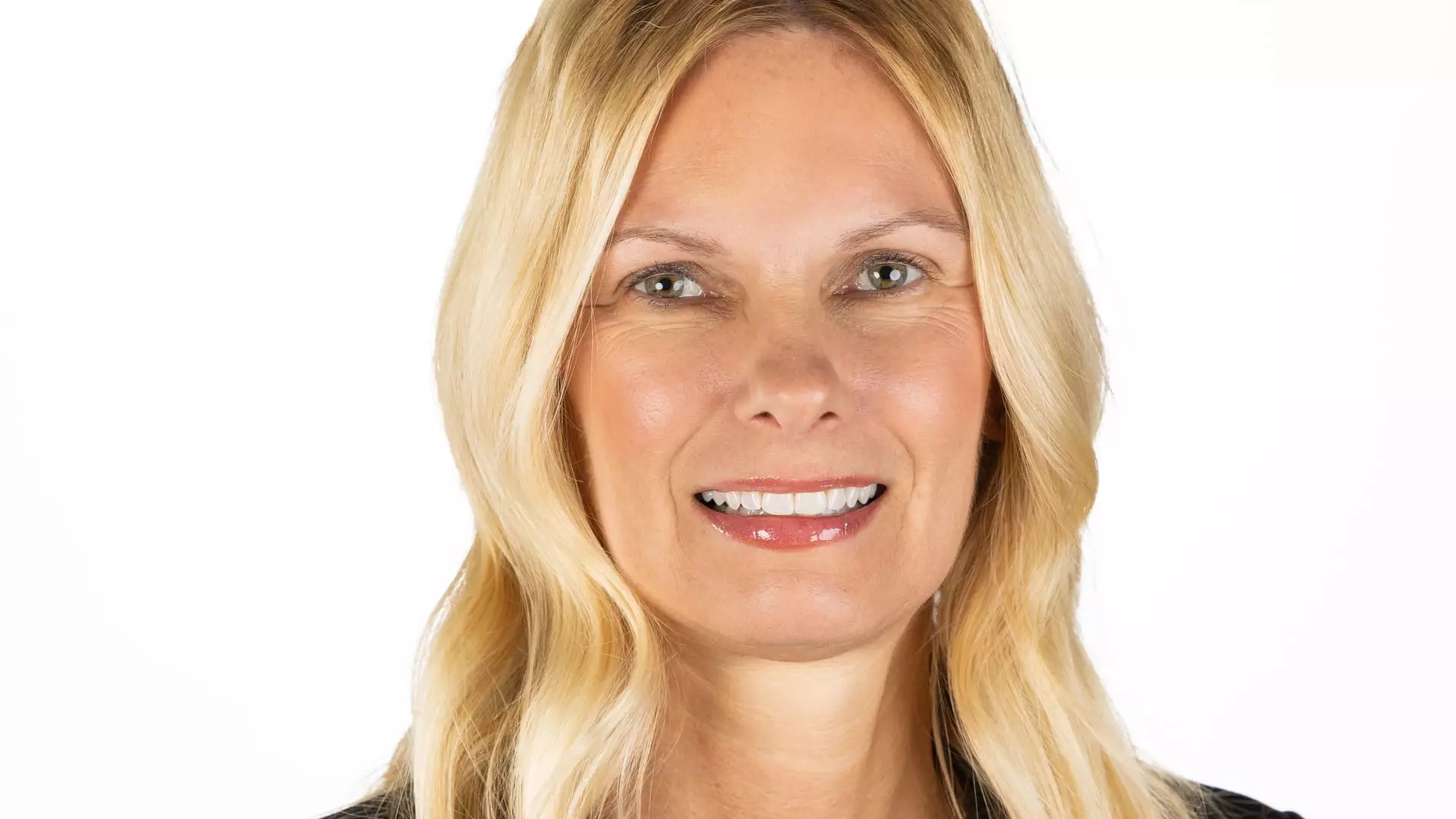Janet Rilling’s ascent within the male-dominated world of finance is a narrative not just of personal achievement but of cultural transformation in an industry long resistant to female inclusion. Starting her journey at the tender age of 16, Rilling credits her father for igniting her passion for finance. While others were preoccupied with the typical teenage pursuits, she was busy opening her first certificate of deposit, a signal of her early understanding of financial opportunity. This upbringing instilled in her a relentless curiosity and a solid foundational knowledge that would later serve as the bedrock of her successful career.
In today’s financial ecosystem, women make up a mere fraction of the workforce; a shocking 18% of portfolio managers and 26% of analysts are women. These numbers reveal an enduring gender imbalance, emphasizing that while women possess untold potential and perspective, the industry still largely operates from a lens dominated by male narratives. Rilling’s commitment is evident when she acknowledges that despite her impressive career, the industry has not made significant strides in gender diversity throughout her three decades of experience. This stagnation is as disappointing as it is perplexing, suggesting a cultural inertia that clings to outdated paradigms.
The Surprisingly Resilient Appeal of Fixed Income
Today, as head of the plus fixed income team at Allspring Global Investments, Rilling thrives in a sector often overshadowed by volatile equity markets. Her strategy encapsulates a rare blend of cautious optimism and rigorous analysis. “The beauty of fixed income lies in its cushion,” she states, referring to the protective nature of yields during uncertain times. This perspective reveals not just a professional’s analytical mindset, but also a fundamental understanding of market psychology—a critical skill in today’s unpredictable financial landscape.
The core of Rilling’s strategy revolves around the Allspring Core Plus Bond fund, which despite a temporary dip in performance this year, has historically offered solid returns. Unlike the stock market’s erratic swings, bonds represent a steady source of income and less risk, especially appealing in times of economic turbulence. It raises pertinent questions about risk tolerance in investing. Rilling encourages a thorough, qualitative approach to quantitative outputs—a refreshing strategy that forces us to reconsider our conventional methods of assessing investment opportunities.
Gender Diversity: An Untapped Reservoir of Potential
Rilling stands as a testament to what women can achieve in finance, yet her experiences bring to light a troubling reality. She insists, “I think women can bring a lot to this field and also get a lot out of it,” a belief that underscores the necessity of gender diversity in cultivating innovative financial solutions. The limited presence of women speaks volumes about broader societal barriers that deter talented individuals from entering crucial roles. How can the industry move forward when it essentially reflects historical biases? It speaks to a systemic issue that extends beyond mere inclusion; it’s about leveraging diverse perspectives for – and the industry’s long-term viability.
When discussing her approach in leading a team, Rilling emphasizes collaboration. It showcases an instinctive understanding of the complexities of human dynamics within professional environments. As the investment landscape evolves, embracing diverse voices will likely enhance decision-making and yield more (metaphorically and literally) beneficial outcomes. Without a concerted effort to integrate differing perspectives, financial firms risk becoming outdated, operating in an echo chamber that stifles innovation.
Spotlight on Innovative Strategies: The Core Plus Approach
Examining Rilling’s methodology reveals a nuanced strategy dubbed the “Core Plus” approach. This strategy encompasses an adventurous spirit; while maintaining 65% of the portfolio in safer investments, it leaves ample room for exploration in sectors like high yield and emerging market debt. Rilling is bold enough to acknowledge recently inflated valuations but astutely notes that some diversification—within the right framework—can yield exceptional returns.
This notion of casting a “wide net” invites us to reconsider the rigid categorizations that often plague financial discussions. The courage to dive into global fixed-income sectors indicates adaptability, essential in today’s unpredictable market. Not every investment requires overt high returns; instead, Rilling shows us the invisible potential of structured products, particularly those tied to everyday consumer habits. This reveals astute market awareness that transcends traditional investment criteria, elevating her approach to a more holistic understanding of both economics and societal needs.
Forecasting the Future: Opportunities Amid Challenges
Looking ahead, Rilling expresses a discernible optimism for certain structured products, particularly in the face of changing economic conditions. Her preference for assets tied to consumer behavior—credit-card-backed and auto loans—highlights her eye for fundamental strength in less popular arenas. Rilling recognizes the value of viewing the market through a critical yet hopeful lens.
There’s palpable courage in her investment philosophy, particularly her approach to controversial sectors such as commercial mortgage-backed securities. Rilling exemplifies what it means to take calculated risks; she represents a generation of financial professionals willing to challenge norms and capitalize on market anomalies. By spotting value where others see distress, Rilling invites us to rethink everything we know about risk, opportunity, and the potential for financial innovation.
Janet Rilling’s path is emblematic of the intricate dance between personal determination, systemic challenges, and the enduring necessity for diversity in finance. Her holistic vision serves as both an exemplary career model and a clarion call for change in an industry long overdue for a transformation.

